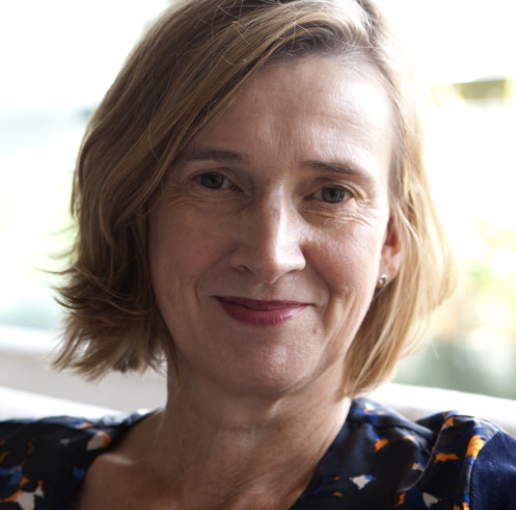A century after her 1916 debut at the New York salon '291', Tate Modern have mounted a major exhibition of the US artist Georgia O'Keeffe's work. She was part of a generation who had their roots in late 19th century romanticism and symbolism but who nevertheless embraced modernism wholeheartedly.
O'Keeffe was deeply influenced and inspired by the landscape in which she worked; the massive open spaces and skies of Texas, the towering architecture of New York and later the bone dry deserts of Sante Fe. Tate Modern's show encompasses O'Keeffe's paintings from every important location and accompanies it with intelligent texts that guide the viewer through. An occasional vitrine draws attention to notebooks, inspirations and work she's inspired including the lyrics of Patti Smith's ode to the artist.
"No man could feel as Georgia O'Keeffe and utter himself precisely in such curves and colors"
The introduction to the exhibition and the captioning all warn against us falling into preconceived views of the artist's work, an artist who became an enduring feminist icon. We are told the exhibition 'aims to dispel the clichés that persist about O'Keeffe's painting, emphasising the pioneering nature and breadth of her career.' What the clichés are remain unspoken as if the curators fear they would already be doing the artist a disservice if they were to be articulated. So we have to guess. We have to read between the lines and into the catalogue to find that what is being rejected is 'a largely Freudian and highly sexualised reception and interpretation' of her work.
Paul Rosenfeld, a renowned critic, wrote memorably of O'Keeffe's work in 1922 "No man could feel as Georgia O'Keeffe and utter himself precisely in such curves and colors; for in those curves and spots and prismatic color there is a woman referring the universe to her own frame... rendering in her picture of things her body's subconscious knowledge of itself... What men have always wanted to know and women to hide, this girl sets forth."
In the flower paintings for which O'Keeffe became most famous the curves, folds, interiors, layers, darknesses cannot fail to bring to mind female genitalia. Half a century after Rosenfeld 1970s feminist critics and painters, including most notably Judy Chicago, took up O'Keeffe as their own. As Griselda Pollock says in her excellent catalogue essay, 'the [hitherto] absence of any analogical evocation of the female body as a site of active pleasure or autonomous sexuality' was regarded as a narcissistic blow to feminists. Pornography which was becoming more widely available presented female sexuality as 'anticipatory and passively receptive to masculine desire' and no wonder that O'Keeffe's paintings seemed to so many to be a rare, distinctive and erotic counterpoint to such a prevailing view.
I rebel against the implication that any Freudian or 1970s feminist reading is now defunct or debunked
Whilst wishing to respect the desire of the curators not to assume a narrow reading of O'Keeffe's work my response to the exhibition on second viewing was to wonder just how we can avoid embracing, at least in part, a Freudian and feminist view of the work? And to rather rebel against the implication that any Freudian or 1970s feminist reading is now defunct or debunked. I feel that there has been a considerable degree of denial and resistance employed by the curators. That they are defending against these readings with their admonitions whilst unconsciously driving us all there with their help. The captions to many of the flower paintings from the delicious Jimson Weeds, Calla Lillies in tall glasses and on red and floral abstractions throb with sexual language as if those writing them cannot help themselves. Our eyes and minds are pulled by them towards thrusting stamens and enveloping petals.
It is a wonderful exhibition with, at its heart, a series of interwoven love stories: O'Keeffe and her husband Alfred Stieglitz, O'Keeffe and the powerful natural world, particularly of South West America, O'Keeffe and what it means to be an artist, a woman and a liberated, sexual being.
Photo credit Tate Modern

